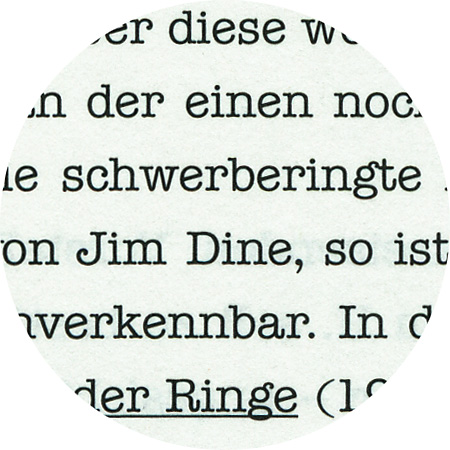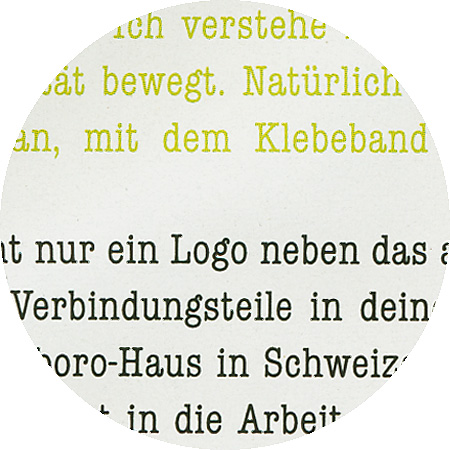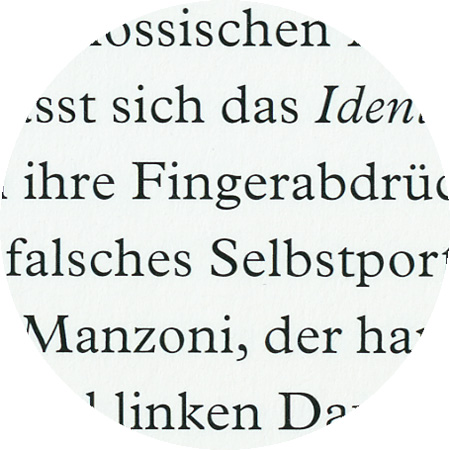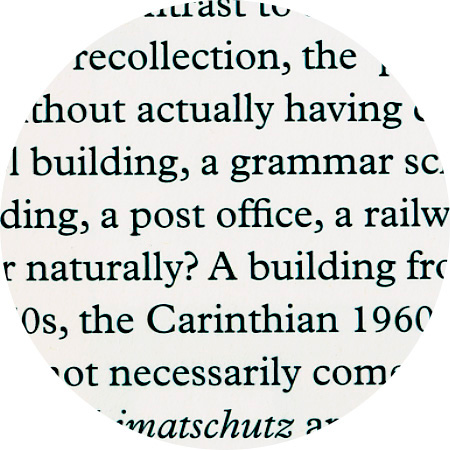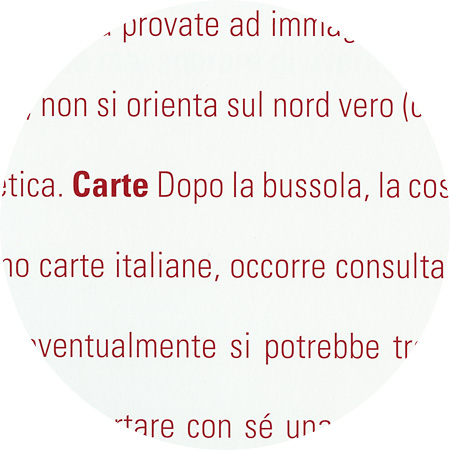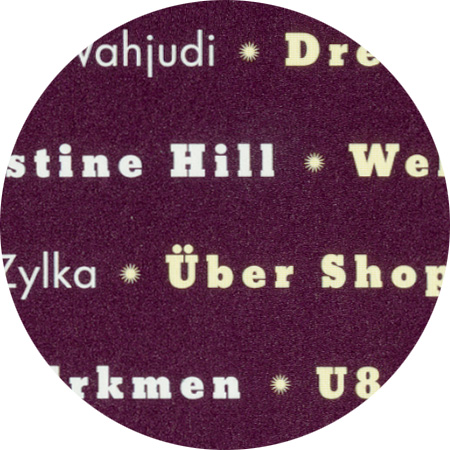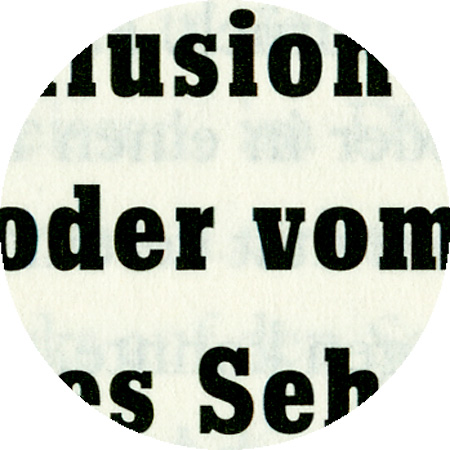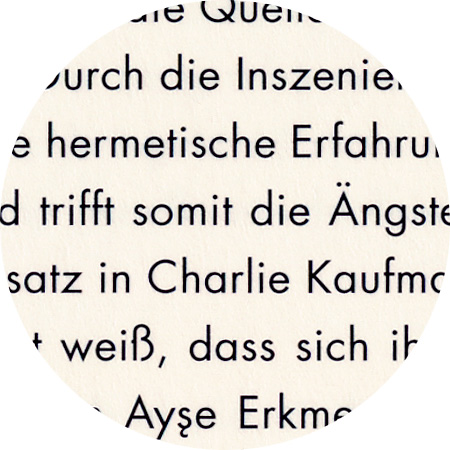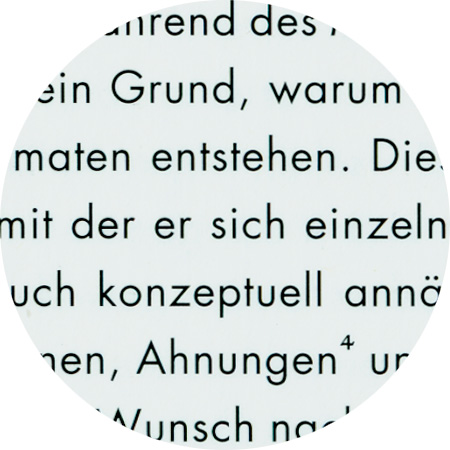December 12th, 2006
American Typewriter
Mechanical typewriters insert the same spacing in between all letters (monospaced). In contrast, the American Typewriter created by Joel Kadan in 1974 and commissioned by ITC has proportional spaces. It is a new interpretation of older mechanical typewriter models.
Incidentally, Mark Twain is said to have been the first to compose a complete manuscript on a typewriter: “The Adventures of Tom Sawyer” (the first edition appeared in 1876).

